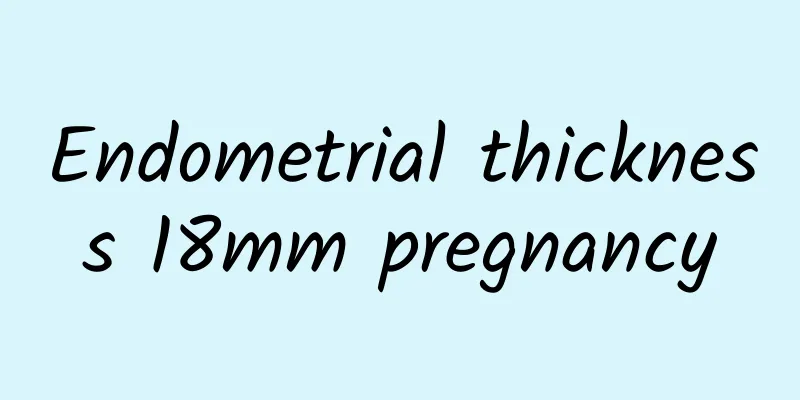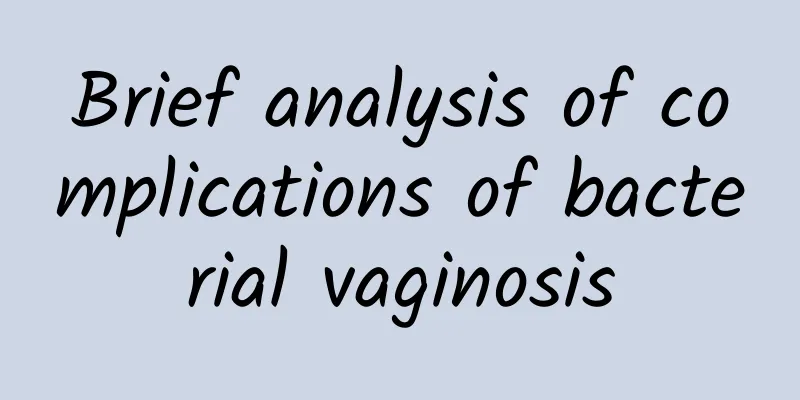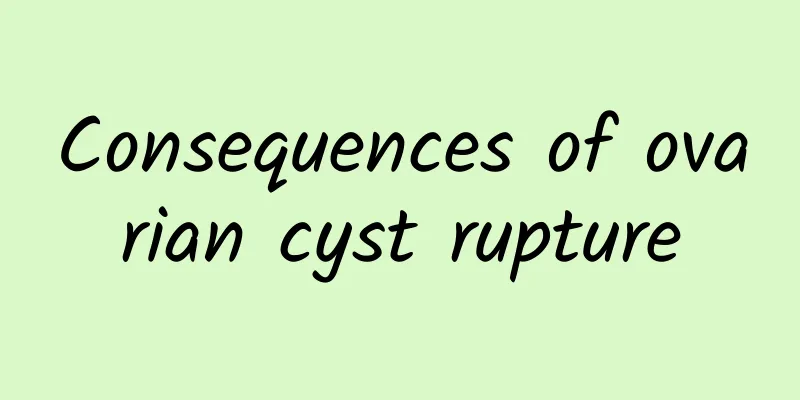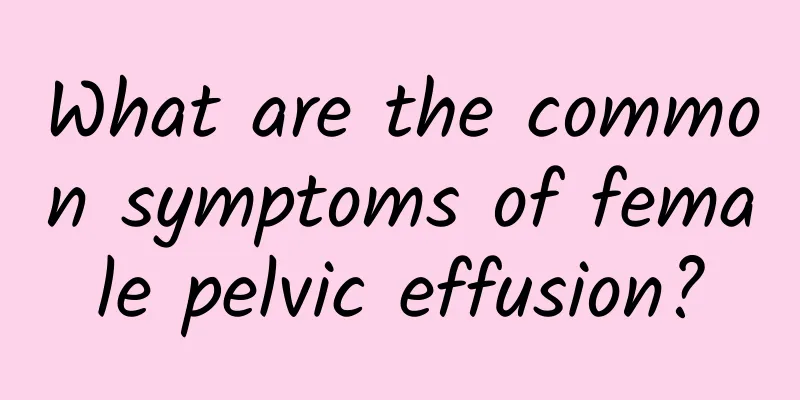Can female menopause really be cured?
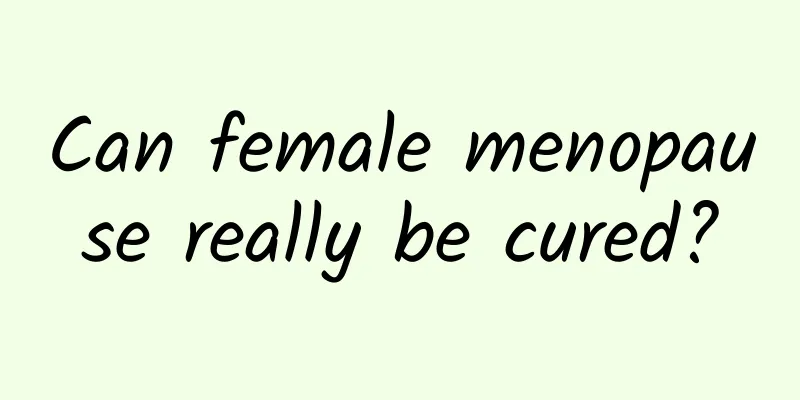
|
Can female menopause really be cured? According to the location of the pathology, the pathogens of menopause can be divided into four areas: the first area: lower reproductive tract or uterine lesions; the second area: ovarian lesions; the third area: pituitary lesions; the fourth area: hypothalamus and central nervous system lesions, other adrenal or thyroid lesions. 1. Treat the organic lesions that cause menopause: For patients with intrauterine adhesions, the uterine cavity can be dilated, adhesions can be separated, an intrauterine contraceptive device can be placed to prevent re-adhesion, and estrogen and progesterone can be used to promote endometrial hyperplasia and exfoliation. For ovarian or pituitary tumors, surgical treatment can be performed after diagnosis. For patients with genital tuberculosis, anti-tuberculosis treatment is given. 2. Estrogen and progesterone replacement therapy: For patients with congenital ovarian hypoplasia, or ovarian failure caused by ovarian function suppression or destruction, exogenous ovarian hormone replacement therapy can be used. These patients lack normal follicles and oocytes and do not secrete sex hormones. If estrogen or estrogen and progesterone are given for artificial cycle therapy, the physiological and psychological state of estrogen deficiency can be corrected, the development of reproductive organs and secondary sexual characteristics can be promoted to a certain extent, sexual life can be improved, and periodic withdrawal bleeding similar to menstruation can be caused. 3. Induce ovulation: For patients who desire fertility and have not lost ovarian function, hormones or analogues can be used to induce ovulation: ① For those with pituitary insufficiency, follicle-stimulating hormone (hMG) extracted from the urine of postmenopausal women can be used to promote follicle development and estrogen secretion, and combined with human chorionic gonadotropin (hCG) for treatment, the ovulation success rate is high; ② For those with normal pituitary and ovarian function and hypothalamic insufficiency or incoordination, clomiphene citrate can be used to correct the function of the hypothalamic pituitary-ovarian axis and induce ovulation; ③ For menopause caused by endogenous LHRH deficiency, pulsatile micro-LHRH injection can be used to induce ovulation, which has a good effect; ④ For patients with hyperprolactinemia, bromocriptine can inhibit the action of prolactin, restore the secretion of gonadotropin, and thus induce ovulation. |
<<: How to treat bacterial vaginosis
>>: Correctly understand the cause of menopause
Recommend
Is it normal to have no pain during menstruation?
Is it normal to have no pain during menstruation?...
Is endometrial tuberculosis contagious?
Is endometrial tuberculosis contagious? Nowadays,...
Will cervicitis lead to infertility? To prevent cervicitis, you must do these things
Cervicitis is a common gynecological disease that...
The cheapest hospital for treating endometrial thickening
The cheapest hospital for treating endometrial th...
Don’t gain weight again! In-depth analysis of the three major reasons
Losing weight is something that requires determin...
What are the causes of recurrence of ovarian cysts? Let's hear what experts say
Ovarian cysts must be treated effectively in the ...
How to regulate dysmenorrhea and what medicine to take to cure it
Dysmenorrhea is a common gynecological symptom th...
Is adenomyosis recovering well?
For some young infertile patients, if the adenomy...
Do sit-ups help get rid of belly fat? Only training a single muscle may cause problems
Lie flat on the ground, bend your knees, and plac...
What are the hazards of ovarian cysts to pregnant women?
What harm does ovarian cyst do to pregnant women?...
What are the dietary treatments for Bartholinitis?
Bartholinitis is a disease caused by bacterial in...
What medicine should I take to treat amenorrhea for three months?
What medicine should I take to regulate my amenor...
How much does a missed abortion cost?
Pregnancy is a happy thing, but some friends'...
How to regulate irregular menstruation for women? Women with irregular menstruation still have to rely on diet to regulate
Irregular menstruation is a common disease among ...
What are the symptoms of white lesions of the vulva?
What are white lesions of the vulva? What are the...


